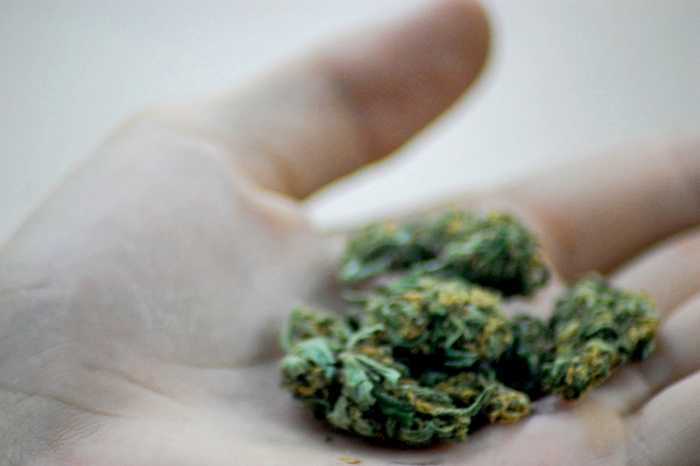Despite the legalization of cannabis sales in Canada and many U.S. states, an illegal market still exists. A new study in the Journal of Studies on Alcohol and Drugs suggests that higher prices and inconvenience associated with legal sources may be barriers that encourage consumers to seek out illegal providers instead.
Researchers at the University of Waterloo in Ontario looked at data from the 2019 and 2020 International Cannabis Policy Study, which collected data from 16- to 65-year-olds. Participants were asked how much of the marijuana they used in the past 12 months was purchased from legal or authorized sources. If someone entered a value of less than 100%, they were prompted to choose from a list of reasons for purchasing illegal cannabis.
“Legal sources had higher prices” was the number-one answer for respondents in Canada in both years (35.9% in 2019 and 34.6% in 2020), as well as in the U.S. (27.3% in 2019 and 26.7% in 2020). Convenience—covered by “Legal sources were less convenient” and “Legal stores were too far away/there are none where I live”—was high on the list as well, with the percentage of respondents who named these as reasons ranging from 10.6% to 19.8%.
Other possible reasons—such as low quality, the desire to stay anonymous, delivery speed, and loyalty to a dealer—were selected less frequently by respondents as being factors in choosing a purchase option.
“We also observed differences across jurisdictions and changes over time—many reasons decreased in later years, which reflects changes in the number of stores and the price of cannabis in Canada and U.S. states that have legalized adult cannabis use,” says study co-author David Hammond, Ph.D., professor and university research chair at the University of Waterloo’s School of Public Health Sciences.
Interestingly, COVID-19 restrictions may be behind some of the changes between the 2019 and 2020 survey responses. More than 10% of respondents in both the U.S. and Canada said the pandemic restricted their ability to buy legally in 2020. However, delivery service of legal cannabis became an option in several U.S. states and Canadian provinces during the pandemic, which may explain some of the decrease in respondents reporting slow delivery times and inconvenience.
A goal of nonmedical cannabis legalization has been to displace the illegal market, so the reasons why this goal hasn’t been completely met are important, and few studies have examined the potential disconnect.
“Cannabis legalization is one of the most notable substance use policies in several decades,” Hammond says. “Transitioning consumers from illegal to legal retail sources is a primary goal of legalization. Indeed, many of the potential benefits of legalization—including product standards, revenue for legitimate businesses, reducing burden on the criminal justice system—depend upon shifting consumers to legal cannabis sources. Given the importance of this issue, there is surprisingly little empirical evidence on the factors that determine where consumers source their products in a legal market.”
Hammond and his colleagues write that future research should focus on how perceived barriers to legal markets change as those markets evolve.
“As markets mature, the number of stores per capita tends to increase, and inconvenience is expected to become less of a hurdle,” the researchers conclude. “Regulators will need to balance public health and criminal justice priorities in order to establish a competitive market for legal cannabis that encourages legal purchasing.”


